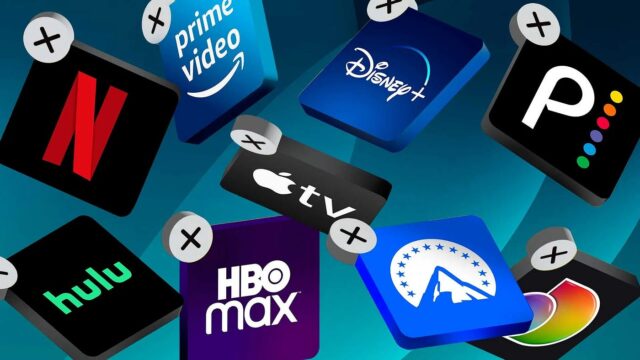In the last decade, there is this overwhelming supremacy of streaming services provided by networks such as Netflix, Amazon Prime Video, Disney+, or Hulu in the entertainment space. Along with the surge in these platforms comes a different way of content consumption, at least by the audience, and changes in models for the production and distribution of movies and television shows, if not even live events. The following blog elaborates in detail about how streaming services have revolutionized the entertainment scenario, changed how viewers watch, elevated the challenge towards traditional media, and significantly opened up other opportunities for creators.
Changing the Way Viewers Watch
Among the most significant effects of streaming services was that it affected the way people watched movies. Whereas traditional television forced one to be at certain times to see favorite shows, streaming services introduced on-demand viewing. Such a shift allows viewers to watch whatever they want, whenever they want, and how. Another characteristic trait of streaming culture is that, due to this possibility, it allows one to watch an entire season at once, something that has changed narratives written and consumed.
The convenience brought about by streaming has seen a decline in subscriptions to traditional cable and satellite TV services, most commonly called “cord-cutting.” It is flexibility and price that have been important drivers of change toward streaming services, creating a sea change in how television is consumed. A lot of viewers, especially young audiences, are more into streaming services as opposed to traditional TV, and this has really disrupted the television industry.
Original Content on the Rise
Differentiation in an increasingly crowded market has seen heavy investment in original content from streaming services. Netflix was an early mover when, in 2013, it launched “House of Cards.” The program was such a massive success that the series won loads of awards and earned a faithful audience. Competitors soon began building off this strategy; Amazon Prime Video, Hulu, and Disney+ started flooding the market with proprietary series, movies, documentaries, and specials.
Traditional studios and networks understood the hint through the success of original streaming content and sought to revamp their strategies. This includes the likes of HBO Max, Peacock, and Paramount+, many of which have been launching seminal streaming plays. According to the shift, today, there is another era of the so-called “streaming wars,” where players are rushing to get exclusive content, the best talent, and subscribers’ loyalty.
Democratization of Content Creation and Distribution
This is how streaming services made the process of creation and distribution democratic. In the old system, what was made and what was put out was determined by only a couple of large studios and networks. These streaming services now democratize the space and, in turn, reinstate the idea that any independent filmmaker, small-time production house, or an international set of creators can present their work to the rest of the world.
Netflix and Amazon have huge investments in diverse cultures and regions, respectively, providing international audiences with access to foreign language films and series. Yet on this global scale, culturally and wildly transcendent hits such as “Money Heist” (Spain), “Dark” (Germany), and “Squid Game” (South Korea) have also shown that, if the story is great, it will reach out to all people alike.
Disruption of Traditional Film Industry
The rise of streaming services has presented theaters with serious challenges to the traditional film industry. Studios have delayed or scrubbed theatrical releases during the COVID-19 pandemic, accelerating this shift as the theaters were closed. During this period, streaming became the primary outlet for new films; many opted to release them directly to stream.
So though theaters have opened, the convenience and cheap costs of streaming are now leading many a viewer to see new releases from their couches. It has also raised questions within the industry as regards the future of theatrical releases, leading some studios to adapt to the hybrid model and include both streaming and traditional releases.
Future of Streaming Services
The future of streaming remains very positive but, at the same time, stressful because the competition is growing harder. With time and increasing competition, these platforms will have no choice but to continue innovating and differentiating in order to lead on people’s preferences and attract new subscriptions. As far as many factors may determine success, content quality, user experience, and pricing keep being the most valuable.
Additionally, with the increasing number of niche streaming services available in the market—whether catering to specific genres or audiences—the market looks to be increasingly fragmented. Some other areas of debate will be around the privacy of data, potential content regulation, and increasing pressures in relation to sustainable production practices where the functionality of streaming services may operate.
Conclusion
The entertainment sector has been one in which streaming services have most radically changed and changed forever. In the process, they solicited vast opportunities for viewers and created models of content production and distribution—disrupting models. Since these platforms will keep on changing with time, it goes without saying that it set the future of entertainment in action through the opening up of opportunities for all creators and reshaping how we consume media.








